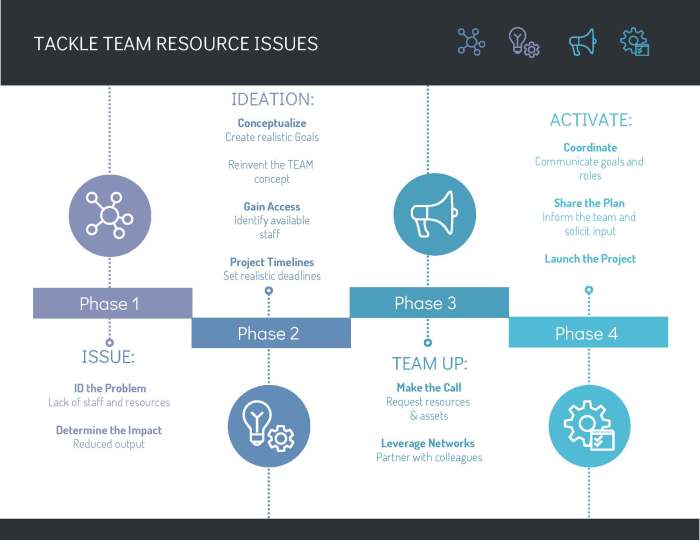by Tracey Batacan
Once upon a time, some government communications offices were fully staffed with large teams of experts who diligently presided over projects their respective projects until completion. They were considered the subject matter experts (SMEs) who would never leave their federal agencies except for retirement or a new promotional opportunity.
This type of business model has changed over time and resulted in the reduction of staff in some government communications offices due to downsizing, reorganization and attrition.
Yet, the demand of their work continues to be highly sought after despite the minimal amount of staff available to sustain it.
So how does one run a communications office with little to no staff? It takes a radical approach to how we do business. Start by having an honest conversation with your leadership team about realistic goals, timelines, and their vision of the communications efforts. Also discuss any additional staffing, assets (software and hardware), tools, and services that are needed to achieve successful results.
For example, communications managers will need to redefine the meaning of the word team. There is a difference in the type of work load that a team of 12 federal communicators can complete successfully compared to a team of two. In addition, some of us think of the federal communications office as the hub of information ran by a large group of talented people who work lock-step on communications projects as the “only” type of team. They all work in one general location and are always a phone call away. This is a legacy construct of how to run a communications program using a limited number of staff which now requires a more leading-edge approach.
Consequently, government communicators need to reimagine ways to sustain their communications programs by leveraging a more agile, mobile and flexible team. Consider the “ad-hoc staff” approach which assembles a team of multi-faceted experts to collaborate on multiple projects. The “ad-hoc squad” can create a “working party” process to tackling agency communications projects and also serve as an informal network of SMEs that can readily share resources.
Some may consider this a band-aid solution to a very real-problem. Yet, this can also allow you to better target necessary skills, staff behaviors and more by leveraging rotating teams to complete various goals.
So where do you find them? Look internally to the various organizations that have communications resources, multi-media services and more. Then begin to network and negotiate with the organization’s leadership to obtain members of their staff to support short-term projects and set the foundation for long-term goals.
There are four phases to this process:
Phase 1:
Identify the issues that create a lack of resources for your communications team. A lack of staff does not mean that an agency’s communications programs needs to go under. It does however mean that the agency will have to rethink their communications priorities, see how they coincide with the agency’s strategic plans and make course corrections as needed.
For example, determine the short-term and long-term goals for your agency’s communications endeavors and map out how to source them.
Phase 2:
Leverage some old fashioned “ideation” to trouble-shoot your resource issue. This includes creating some realistic goals, reinventing the concept of the word “TEAM.” Teams are people who come together for short and long-term projects and may also include representatives from partner agencies.
How is that possible? This requires gaining access to available staff by communicating your goals with internal and external colleagues.
Phase 3:
The ability to team up with other federal partners to achieve your communications’ goals is something that may seem a bit risky and well, scary for some communicators out there. However, once you learn how to make strategic partnerships and leverage their skills, you will be able to gain access to the very resources you seek.
Also, consider leveraging established programs like professional development details, rotational assignments and Pathways student programs to supplement your communications office staffing to achieve requirements. The diverse mix of professional and student resources can result in a positive, creative environment for your program.
Phase 4:
Continue to communicate and coordinate with your agency leadership through the entire process of accessing and acquiring additional resources. Then activate your plan. Once you assemble your new communications team, make sure to share details regarding everyone’s roles, responsibilities and the overall goals.
Encourage everyone on the team to feel empowered to share ideas and solve problem along the way to ensure your communications projects launch successfully.
View the original blog on the Federal Communicators Network.
View the original blog on the Federal Communicators Network.

No comments:
Post a Comment